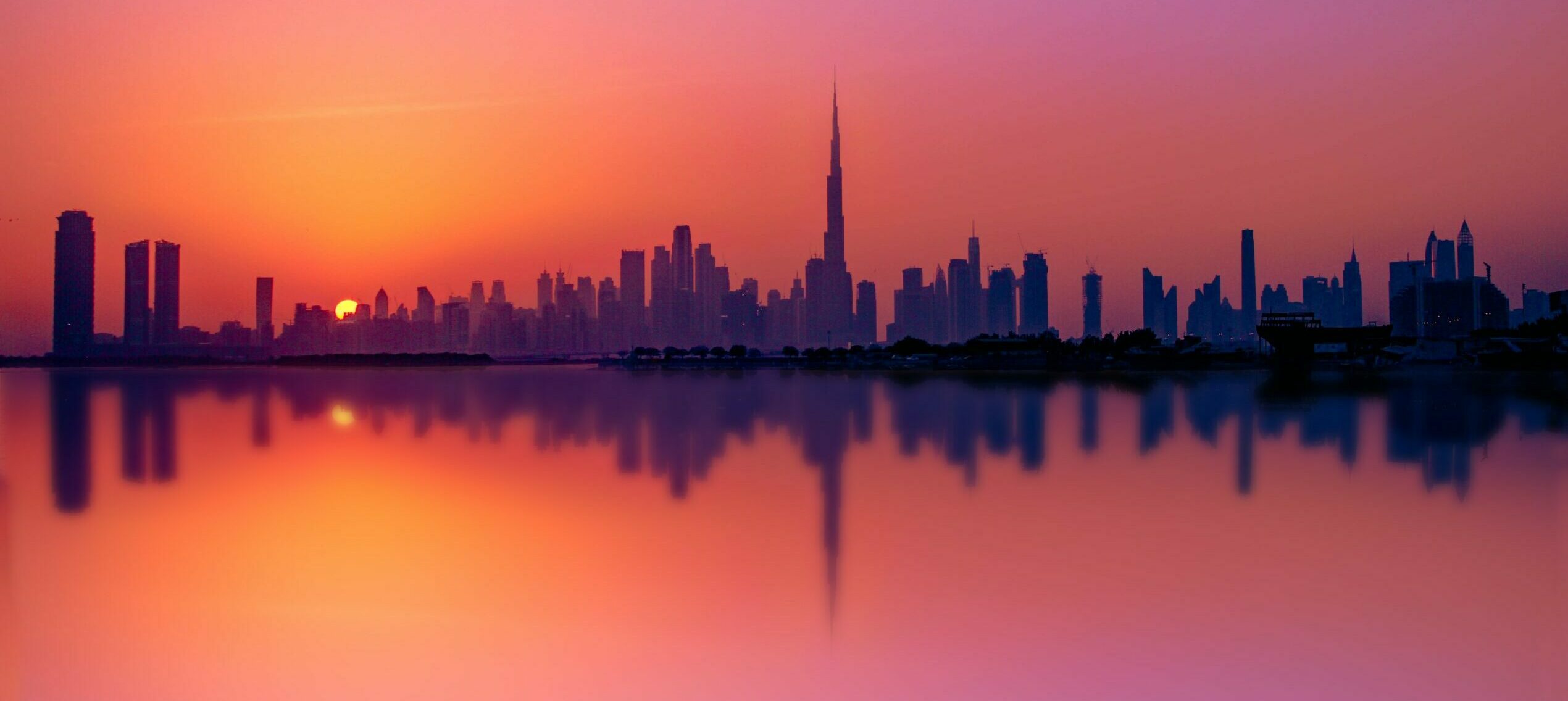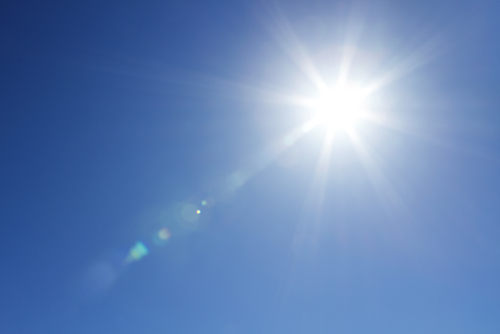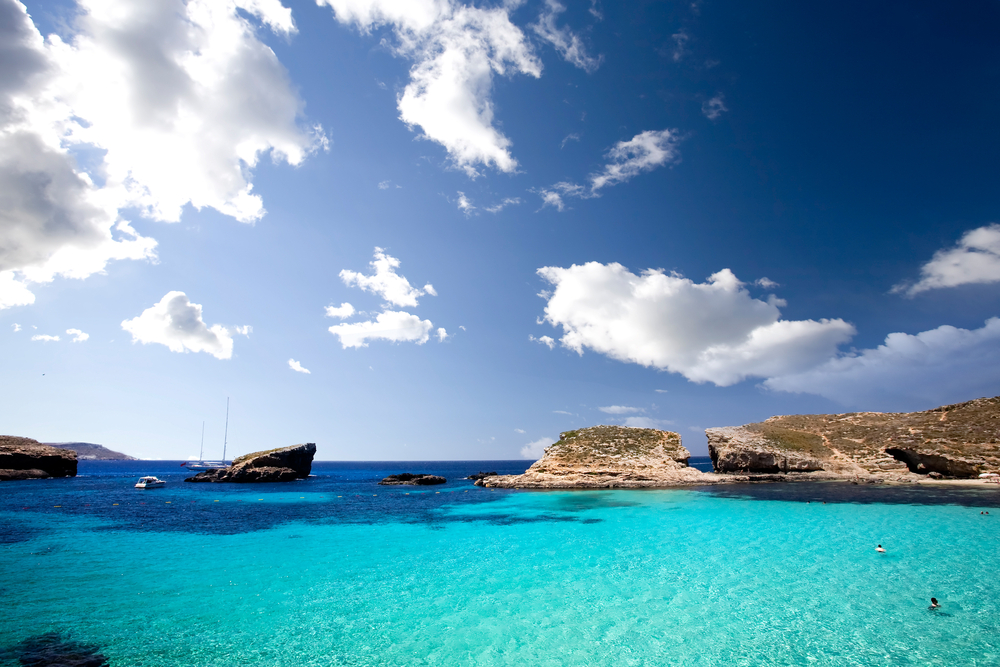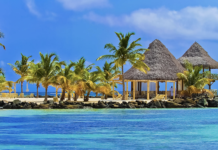The fact that Dubai is a desert city may put off those who wish to visit the futuristic city. It is a common misconception that Dubai is a desert city, but that is not entirely true.
The eco-system of the emirates is made up of deserts, mountain terrains, flat coastlines, and wetlands.
Flanked by the Persian Gulf to the West and Hajar Mountains to the East along with desert landscapes, the weather in Dubai is affected by these natural elements as well.
Understanding the climatic conditions of Dubai is key to planning an ideal holiday or a visit to the emirate. Read on to find out about Dubai’s Top 10 weather facts.
1. Dubai climate is just a long summer ☀️
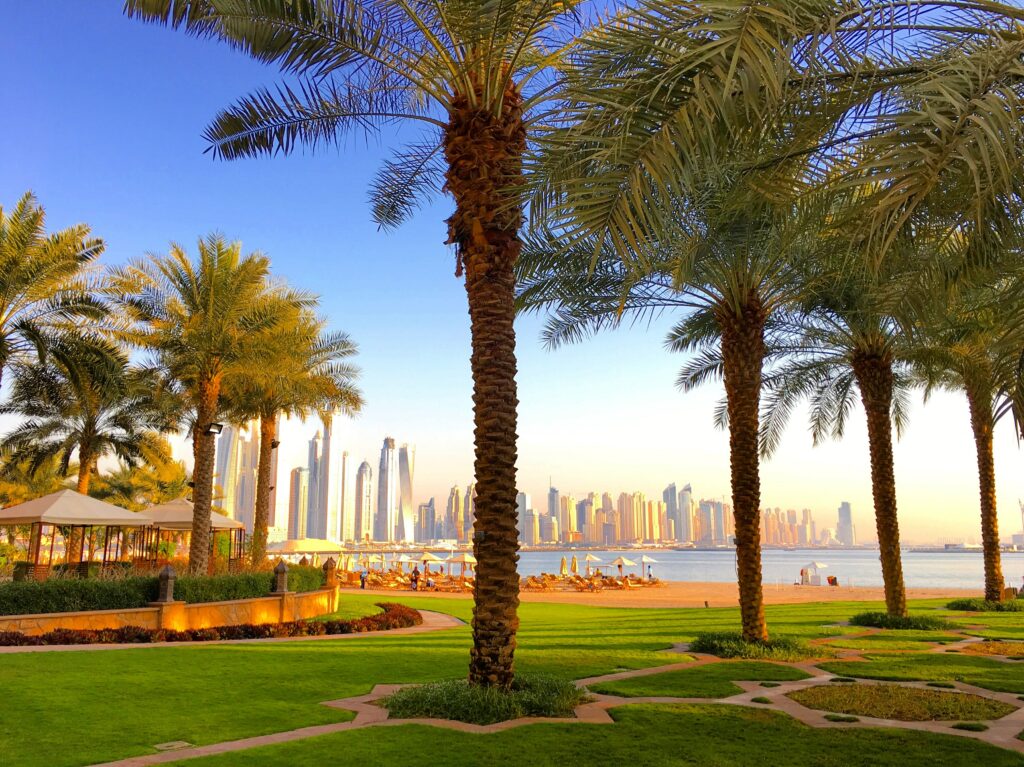
The weather in Dubai is warm all year round, but there are two distinct seasons – summer and winter.
Though on a popular opinion, people will humour it as two different versions of summer.
The summer season is from May to August, while the winter season runs from September to April.
2. A region with almost no rainfall 🌧
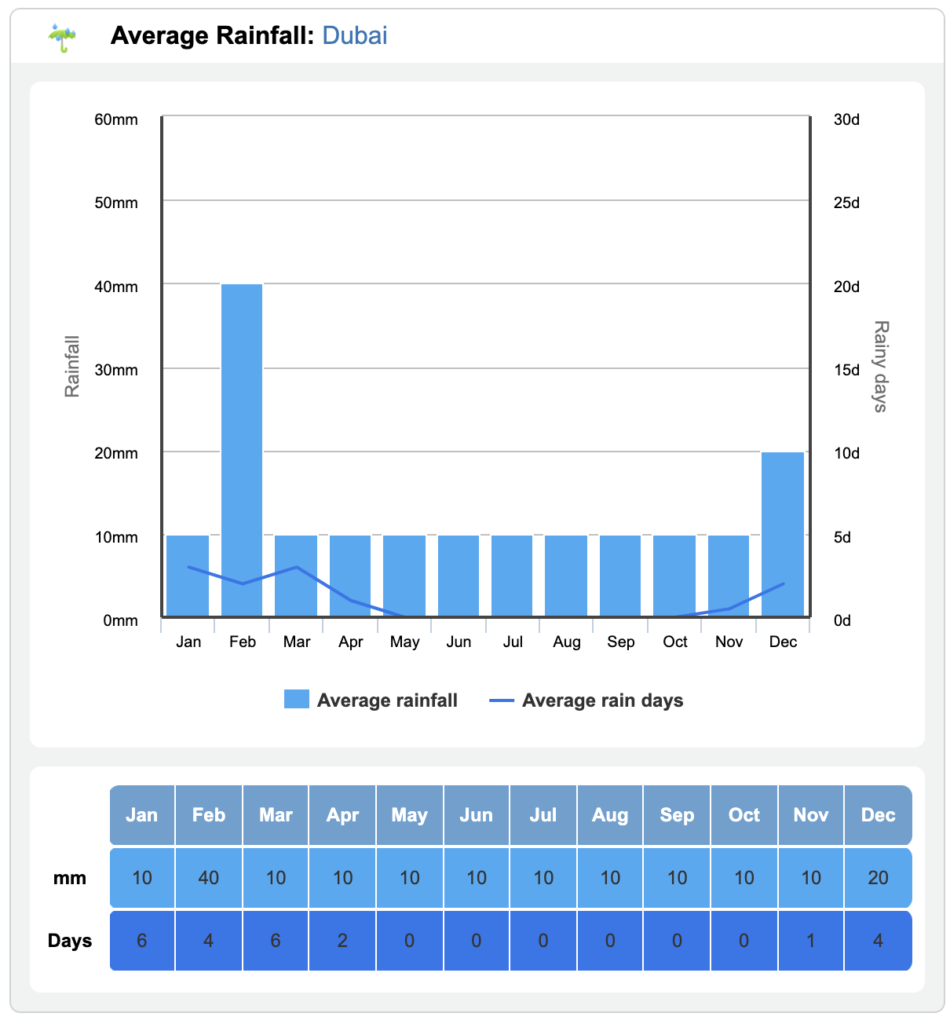
Dubai is one of the places with the lowest rainfall in the world. In Dubai, precipitation is low, resulting in sporadic rainfall that hardly lasts a week. Most of the rain occurs between January and March, with an average rainfall of 18mm.
The rain falls mostly as short downpours and the occasional thunderstorm.
Since there is no allocation of rainwater on land, Dubai is often tagged as a city without drains.
The annual average number of rainy days is between 5 and 20. To beat the heat and increase rain in the region, Dubai has resorted to cloud seeding to create artificial rain with state-of-the-art technology that even creates large raindrops so that it manages to stay on the surface without evaporating in the desert heat. To make it rain, high-tech drones are employed to charge the clouds with electricity.
The UAE is one of the first nations from the Gulf region to implement cloud seeding technology.
3. Dubai is prone to the urban canyon effect 🌇
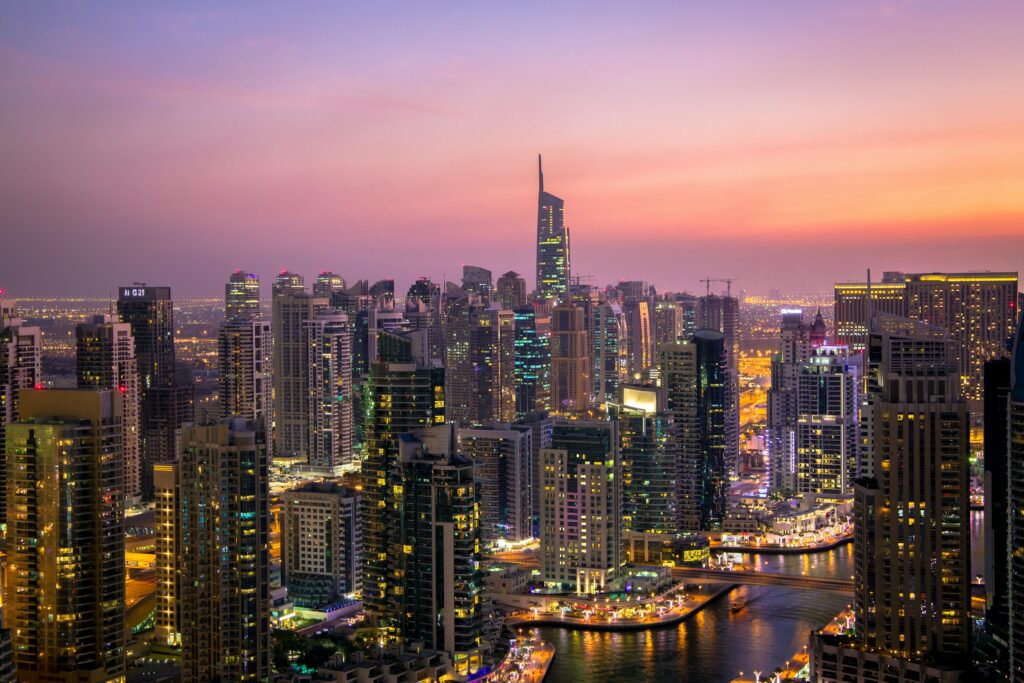
The towering skyscrapers and high-rise landmarks affect the flow of wind in the city. Known as street canyon or urban canyon effect, Dubai’s tall-rise structures clumped together is the city skyline navigates the wind and manages the air current to flow creating pockets of air in a confined manner.
The lower levels of these clustered towers are often cooler, windier, and could experience strong gusts of wind or the opposite – intense heat. Wind velocity also decreases in modern areas due to the high-rise development in comparison with old Dubai sectors and suburban areas.
4. Tropic of Cancer 🌞🌚
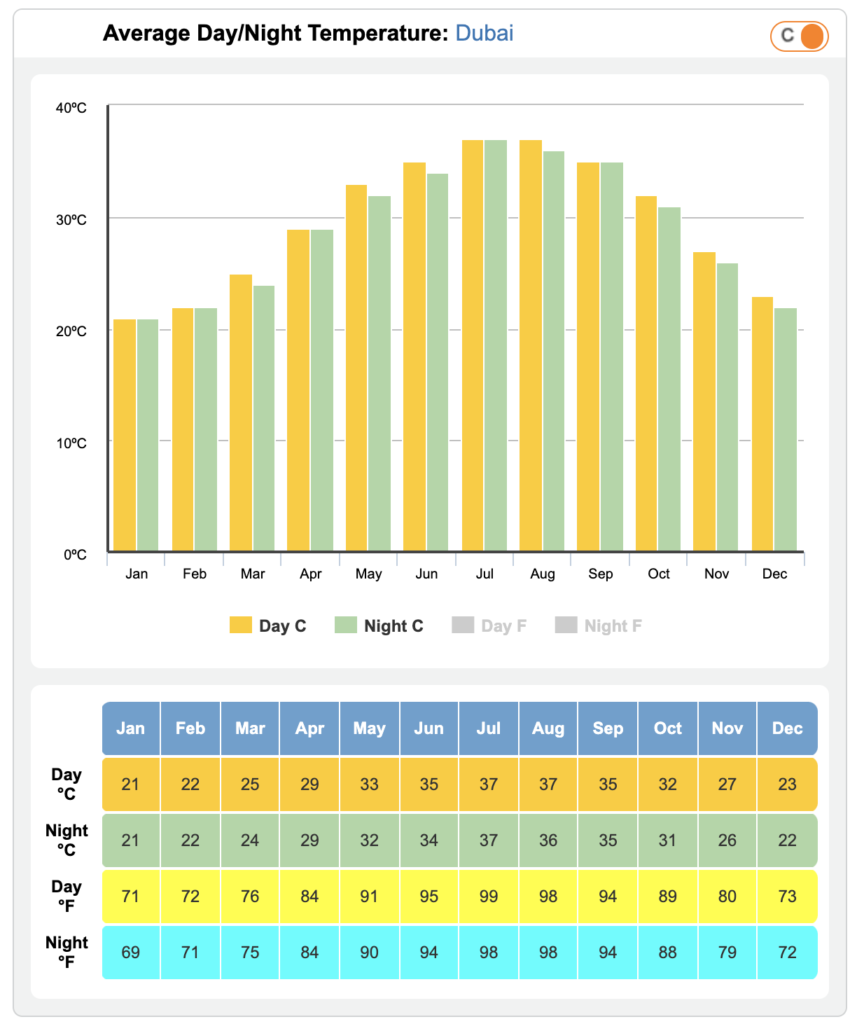
UAE climate is largely affected by the line of the Tropic of Cancer passing through it. This causes Dubai to experience hot and sunny weather. There is, however, a variety of temperatures in Dubai.
For instance, during the winter season, Dubai has an average daytime temperature of 25°C, while near the coast the temperature is around 15°C, while the desert area and mountain area have a lower degree of heat. Nights are pleasant and relatively cooler in Dubai.
5. The hottest and coldest month in Dubai 🥵🥶
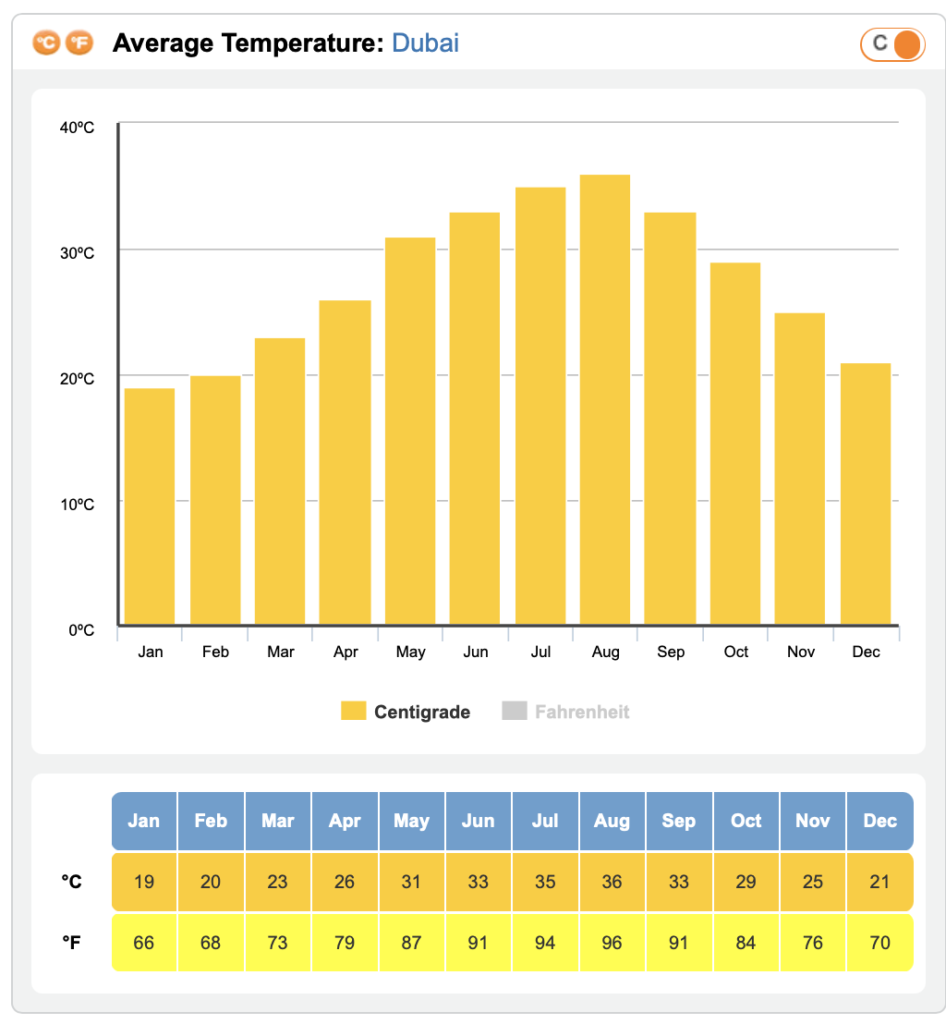
The coolest month to visit Dubai is January with temperatures hovering around 20⁰C.
As the summer months approach, the weather in Dubai becomes extremely humid and hot.
Temperatures may reach 45⁰C. Even the water of the sea can reach 37°C with over 90% humidity.
Temperatures average over 43 °C in August, the hottest month of the year.
6. Dubai is humid and hot 😅
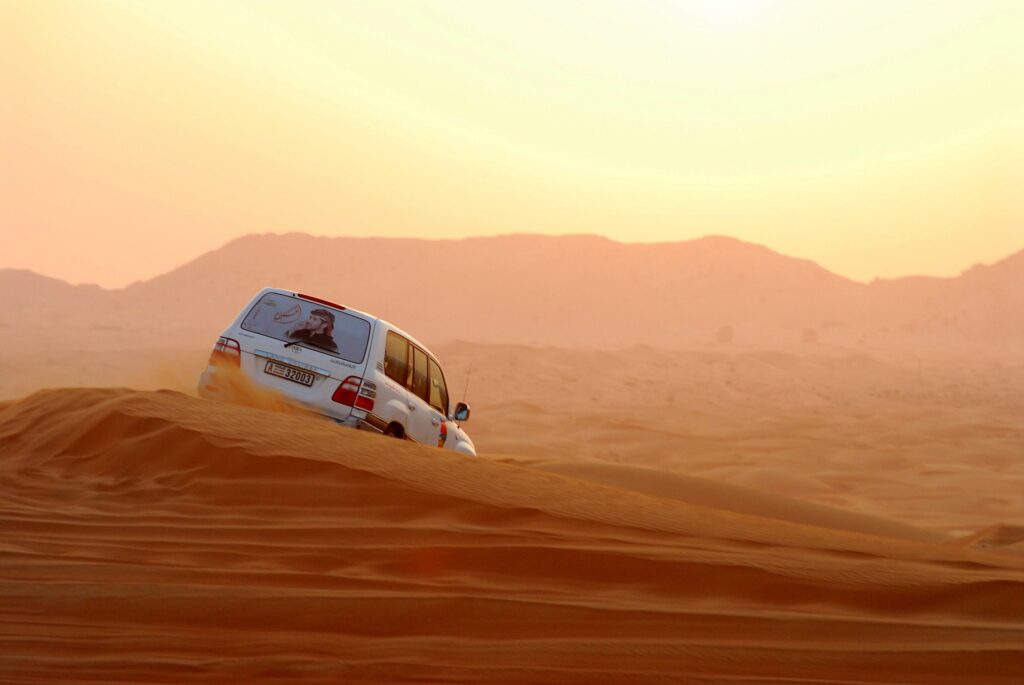
Contrary to popular belief, Dubai does not have a dry heat climate.
Dubai’s climate is subtropical desert – a mix of warm winters and hot, humid summers. Sweltering heat and sweaty humidity make summers more challenging. Despite the same temperatures on two consecutive days, one may feel hotter than the other. A significant contributor to this difference is the humidity generated by the Persian Gulf.
High humidity adds to the stifling heat especially during the months of July and August. This is the most uncomfortable season to visit Dubai due to high temperatures reaching over 45 °C and low averages hovering around 30 °C.
As a result of the Gulf’s evaporation, salty air is saturated with moisture, creating a stifling atmosphere that has people seeking refuge in air-conditioned homes and buildings.
As a whole, the coastal regions of the United Arab Emirates, which includes Dubai city, are more prone to humidity than inland and mountainous areas of the northern Emirates.
7. Micro-climate analysis plays a major role in Dubai 💨
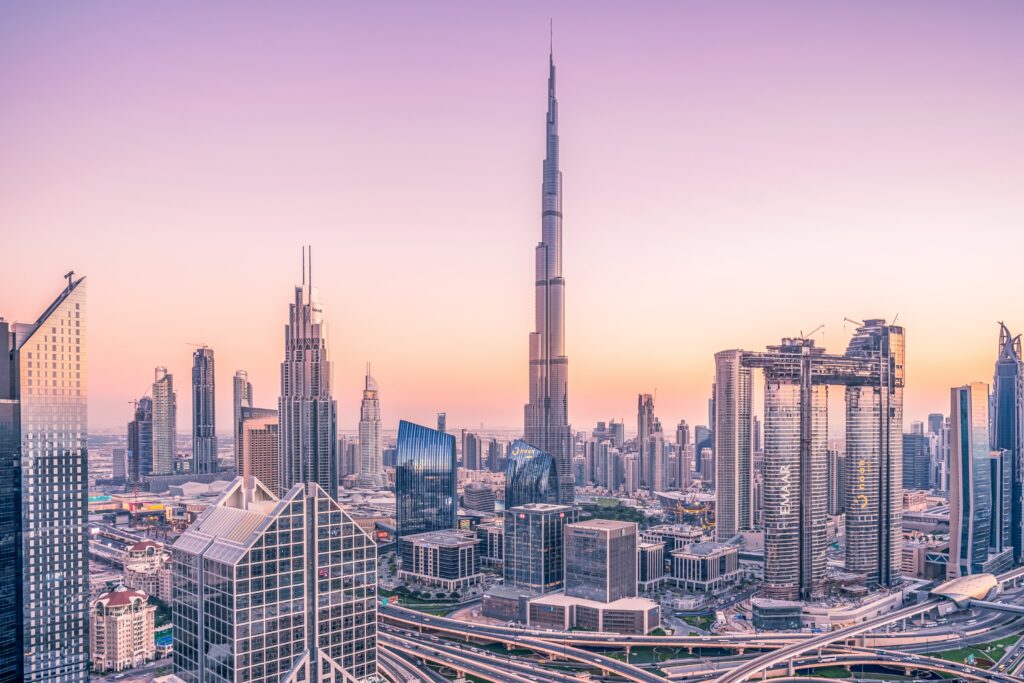
The weather plays a very important role in Dubai’s innovative and contemporary architecture. The wind in particular, due to its speed, can cause towers to creak or sway.
Hence Dubai’s tall skyscrapers undergo micro-climate analysis. Burj Khalifa for instance is a soaring tower with odd-looking design and tapering to the top.
Having in mind the elements that could threaten the tallest building in the world, the design was created in such a way as to protect it from weather damage. Structures are designed to deflect wind and let it flow smoothly without damaging the building. High-rise construction projects often undergo microclimate analyses for similar reasons in Dubai.
8. Carbon footprint impact on Dubai weather 🦶
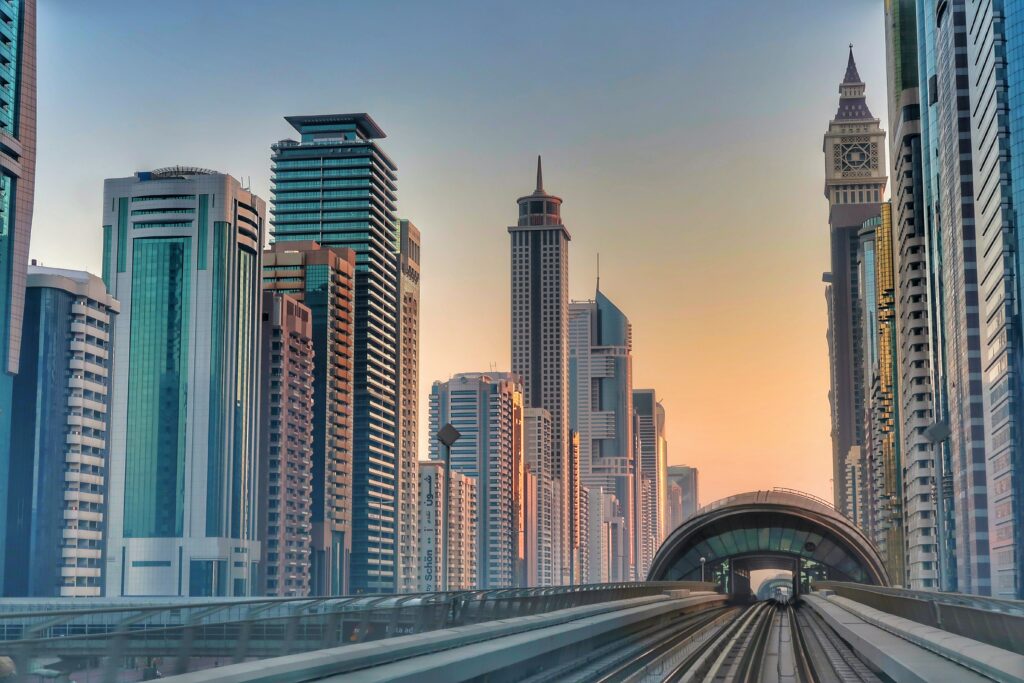
Dubai’s weather conditions are also highly affected by carbon footprint. The emirate has become a place where highly functional cars, air-conditioned houses, and recreational facilities are plentiful.
The pollution level in Dubai is higher than in any other emirate of the UAE.
The urbanization of the city has deposited carbon dioxide and other pollutants in the air, trapping the sun’s heat and thereby increasing the temperature in the city. This has made summers extremely difficult for outdoor activities, so residents have had to retreat indoors to avoid the oppressive heat of the city.
9. What keeps Dubai cool then? ⚓️
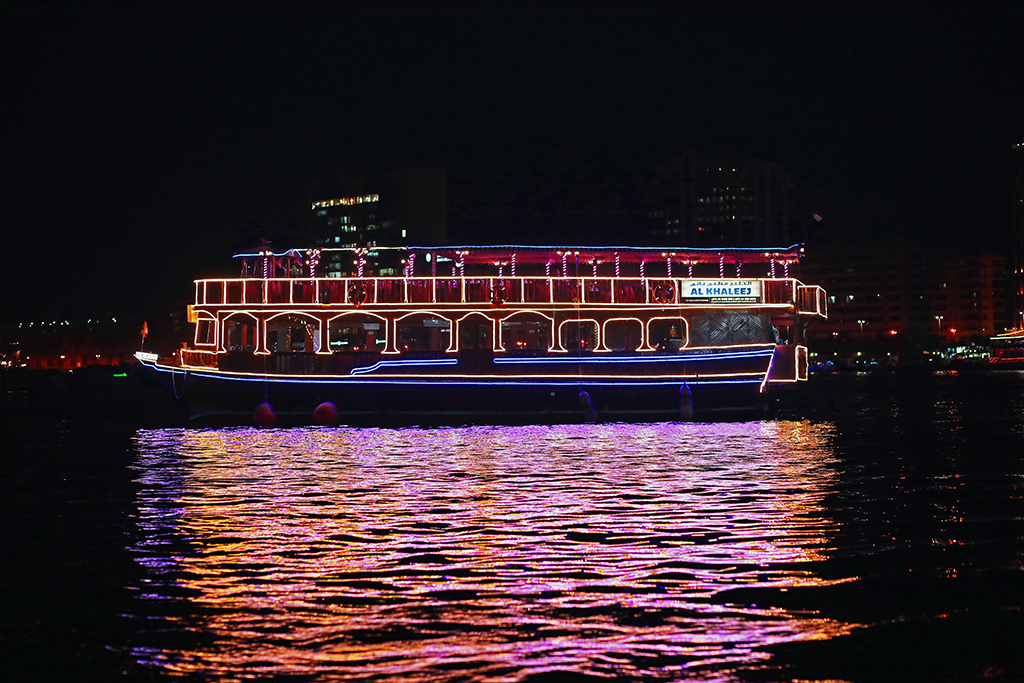
Dubai’s impressively planned city layout and proper execution of the same made this emirate a futuristic city with elements of nature embedded into it. The lush manicured parks such as Safa Park and serene brooks, a couple of which are artificially created such as the Dubai Marina and Dubai Canal meandering through the city all adds up to creating a favourable ambience during the cooler months.
These brooks particularly make the city pleasant and even provide Dubai Dhow Cruises for locals and visitors to enjoy the sights of this incredible emirate from a different perspective.
10. Palm Jumeirah could vanish in near future! 🏙
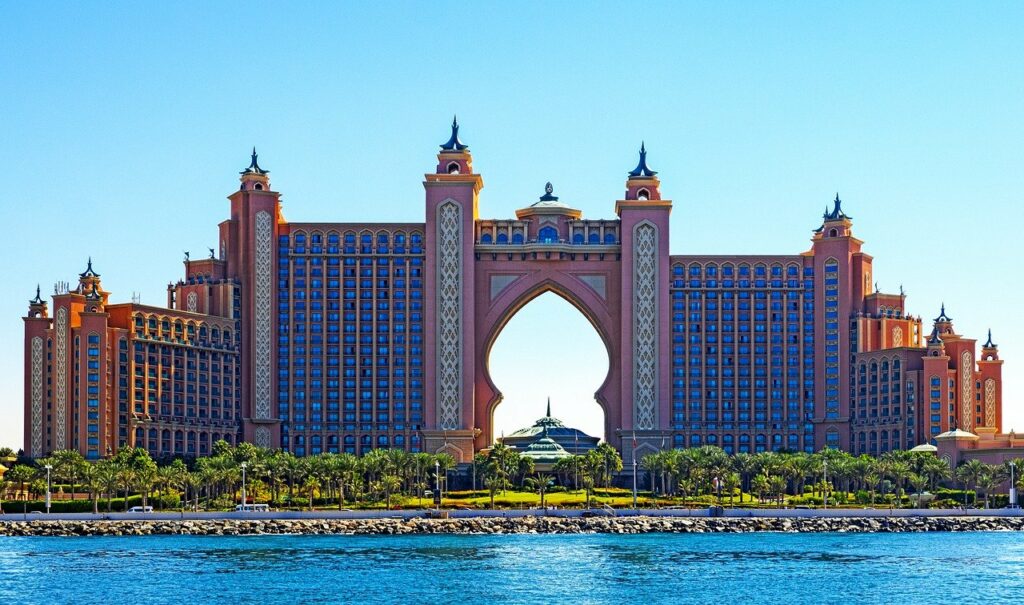
Lastly, as with the whole world, global warming definitely has its impact on Dubai’s weather. The city is known for its creative man-made wonders, one of them being the incredible Palm Jumeirah that stretched into the Persian Gulf.
However Global warming has caused the sea level to rise every year, and concerns have been raised that the changing climatic conditions may cause Palm Jumeirah to sink in the near future. Efforts are taken to manage and prevent the same in Dubai, until then make sure if you are in Dubai, explore the Palm Jumeirah before it ceases to exist.
Conclusion
The bottom line is, Dubai is a great city to visit, but it has to be timed right for a rewarding experience. Holidaying in Dubai during the summer is a big no-no. This Middle Eastern destination is only ideal during the cooler months to visit.

